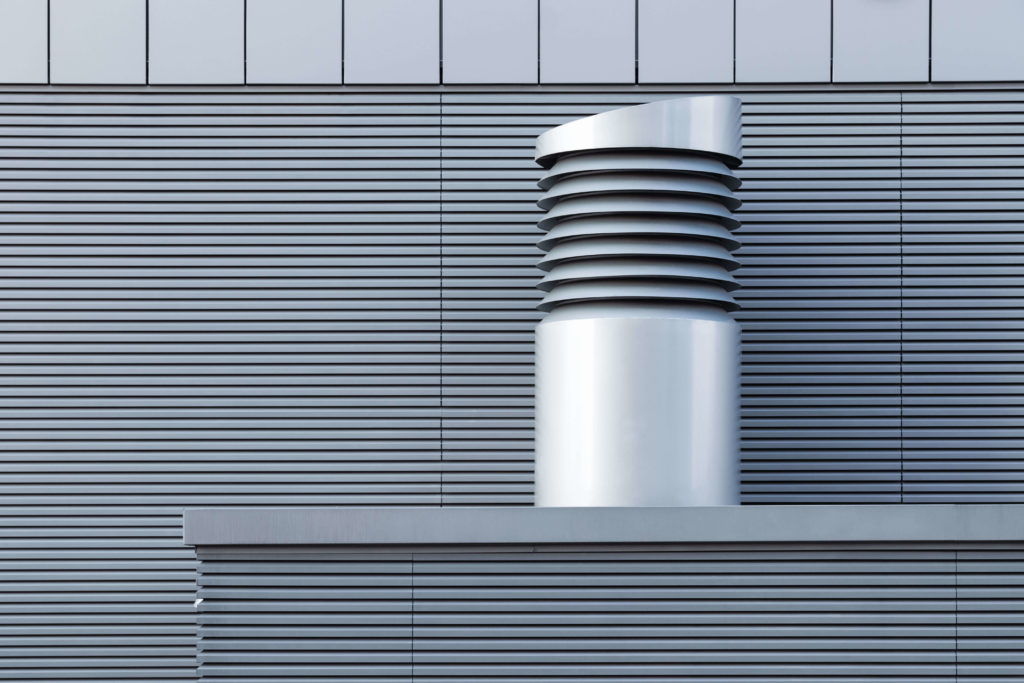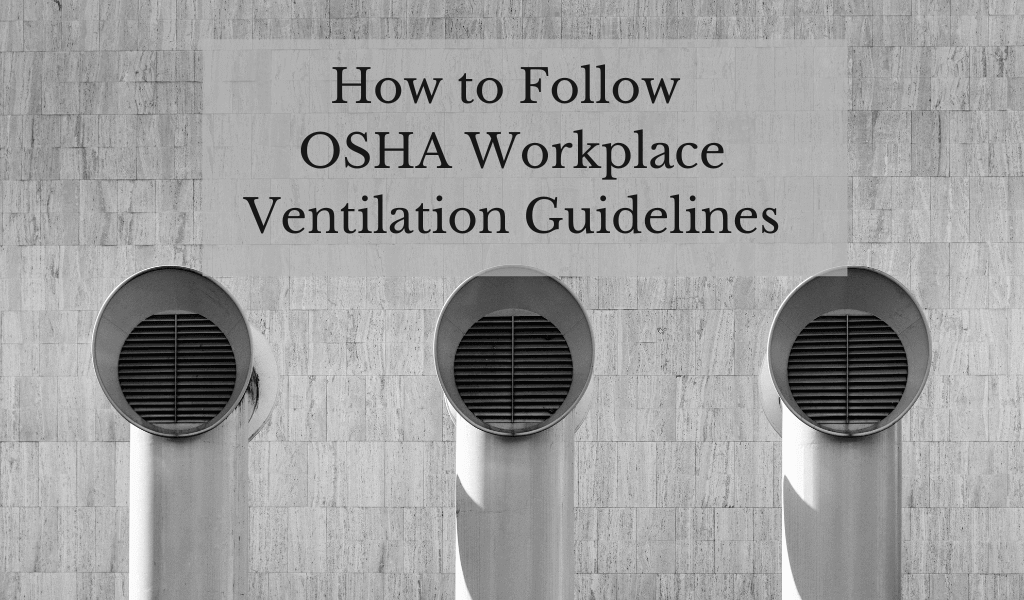Good workplace ventilation isn’t just a nice thing to have. Your team’s health and safety depends on it.
We as a society have learned a lot about the importance of fresh, circulating air in the past several years. In some sectors, issues around workplace ventilation aren’t new at all. It’s not just around industrial sites or chemical manufacturing, either.
The World Health Organization (WHO) reported on complaints about indoor air quality (IAQ) as far back as 1984, and the Environmental Protection Agency (EPA) released a report in 1991 about sick building syndrome (SBS). In the report, the EPA suggested that poor indoor workplace ventilation “is thought to be an important factor in SBS.”
And again, just since 2020, we’ve learned how important good ventilation is to maintaining healthy and safe working environments. To this point, the EPA reports that “ensuring proper ventilation with outside air can help reduce the concentration of airborne contaminants, including viruses, indoors. Proper ventilation also reduces surface contamination by removing some virus particles before they can fall out of the air and land on surfaces.”
That’s all helpful, but as a commercial cleaning operation, you might be limited in what you can do to change the ventilation in a space. So, what are some of the OSHA workplace ventilation guidelines that could apply to your situation? And how can you follow them?
Harness the value of Janitorial Manager to advance your cleaning organization like never before. Learn more today with a free discovery call.

7 OSHA workplace ventilation guidelines you can follow to keep your team healthy
OSHA has several workplace ventilation guidelines. This includes everything from the design and operation of exhaust fans to recognizing possible contamination hazards to the length of time ventilation and exhaust systems need to run.
However, as a commercial cleaning team, there may not be a lot you can do about some of these more intensive approaches to keeping fresh air circulating. Or is there? Interestingly, OSHA states that one way to ensure good indoor air quality is “routinely cleaning office spaces and common areas, and properly storing cleaning and other chemicals that are used in the workplace.”
As you likely know, that may be good for overall IAQ, but your commercial cleaning team is still using cleaning products and chemicals, not to mention dealing with anything from dust to mold to viruses and bacteria. That means proper workplace ventilation is especially important for them. Here are some OSHA guidelines that will help you maintain good ventilation and ensure your teams stay safe.
1. Be Aware of Any Spaces That May Have Poor Ventilation. For example, confined spaces, those without windows, and densely occupied areas may all have inadequate ventilation. Additionally, facilities that don’t maintain their HVAC systems may also have poor ventilation.
2. Don’t Rely on “Green” As a Mark of Safety. While there are plenty of good reasons to use green cleaning products, and many of them are generally safer, a green label does not necessarily mean the product won’t cause reactions in users. Always read the labels and be clear on any warnings.
3. In Areas of Poor Ventilation, Use Proper PPE. Your team may need to operate in areas with poor workplace ventilation. If this is the case, ensure they have proper PPE, such as NIOSH-approved respirators.
4. Report Any Malfunctioning Ventilation Equipment. Any items like bathroom exhaust fans, oven hoods, or other equipment that enhances ventilation should be in good working order. Let your team know to immediately report any non-functioning equipment to you so you can either repair it or bring it to the attention of the responsible party.
5. Inform Your Team of Any Known Hazards. The fact is that, in the cleaning industry, you can’t always expect good workplace ventilation. However, it’s crucial for your team to understand any chemicals or conditions that may be hazardous. As long as they are wearing proper PPE and using the cleaning products as recommended, they should still be able to work.
6. Open Windows When You Can. The idea of good workplace ventilation is that you’re bringing fresh air indoors. In many ways, airflow is helpful in your janitorial work, as the circulating air can help limit the buildup of mold, dust, and other contaminants. Additionally, ventilation can help dissipate any buildup of contaminants or fumes from cleaning products.
7. Never Mix Ammonia and Bleach. This isn’t an OSHA guideline exactly, but when it comes to workplace ventilation and using cleaning chemicals, you never want to combine different products. You especially don’t want to mix ammonia and bleach. This mixture produces chloramine gasses, which are toxic and can cause coughing, chest pain, eye and throat irritation, and even death. Bleach and acids (some toilet bowl cleaners, concrete cleaners, and window cleaners) are also a toxic mix, resulting in chlorine. Chlorine may cause breathing difficulties, vomiting, chest pain, and death. Chlorine may also be absorbed through the skin and cause blistering and inflammation.
And don’t forget, it’s okay to turn down work that’s going to put your team in a position they aren’t equipped or trained to handle. Workplace ventilation can be a serious issue, so pay close attention any time you feel like something needs some extra attention and exploration.
Harness the value of Janitorial Manager to streamline your cleaning operation like never before. Learn more today with a free discovery call and find out how to make your cleaning operation more efficient and cost-effective!

